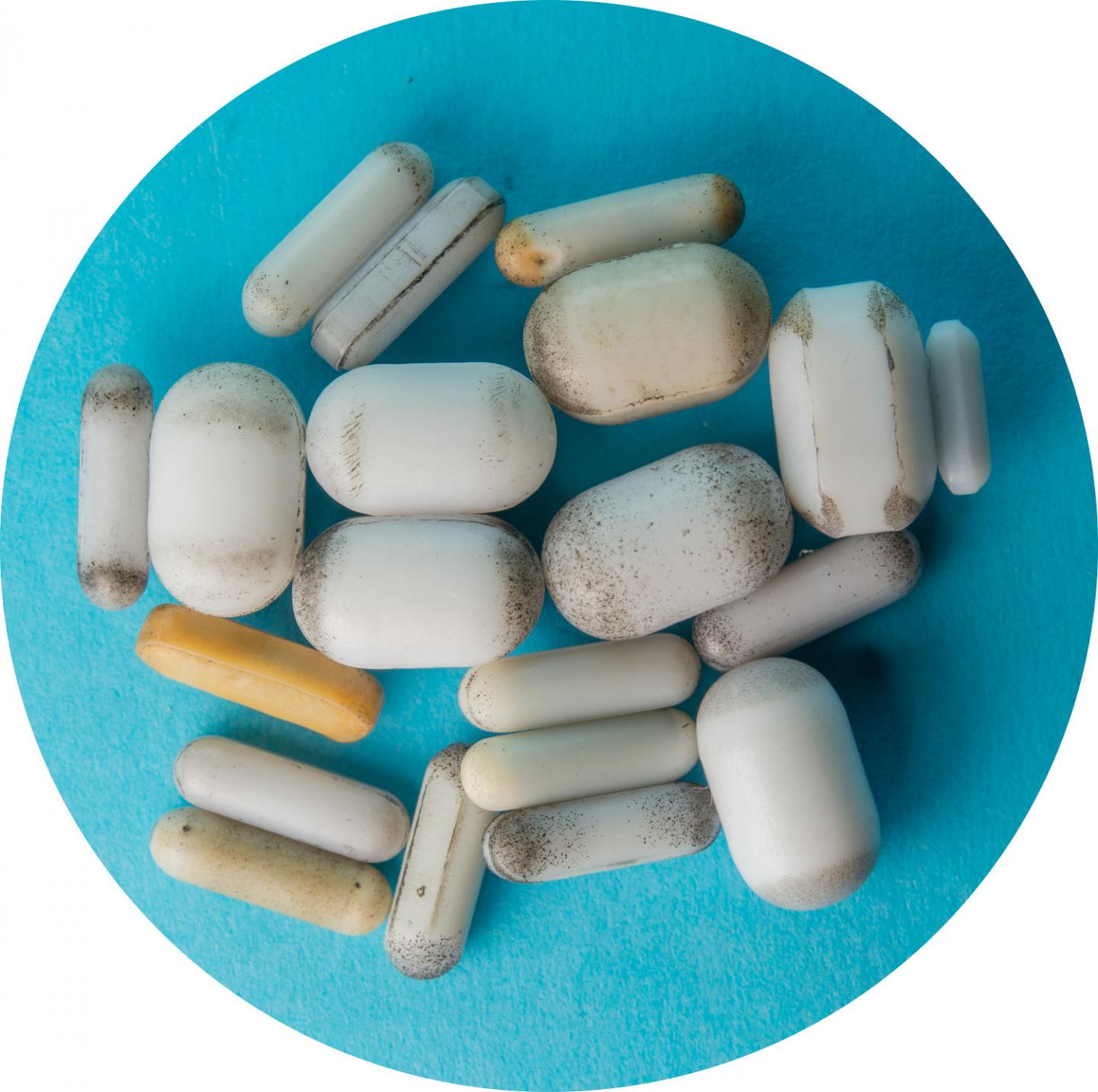Surprisingly high level of surface contaminations of magnetic stir bars escapes regular cleaning and brings highly reactive traces of metal species from previous experiments to the next ones

Credit: Evgeniy O. Pentsak
Surprisingly high level of surface contaminations of magnetic stir bars escapes regular cleaning and brings highly reactive traces of metal species from previous experiments to the next ones.
With electron microscopy experiments and DFT calculations it was shown that plastic surface of magnetic stir bars can form reactive centers which absorb metal atoms from solution followed by growth of metal nanoparticles. The process readily takes place on the surface of PTFE-coated magnetic stir bars, ubiquitously used in modern chemistry and biology labs.
The regular in-use magnetic stir bars carry bunches of metal nanoparticles on their surface. It was demonstrated that the presence of a previously used magnetic stir bar in reaction medium is sufficient for initiating a full-scale catalytic reaction (promoted by leaching of metal species from the PTFE surface).
Magnetic stir bars are commonly regarded as reusable consumables, and in many labs they last for months and years. This study shows that in a regular catalysis lab almost all magnetic stir bars become permanently contaminated with metal nanoparticles after about a week of use. Regular routine cleaning procedures do not remove such contamination completely. Indeed, subsequent release of metal traces in the next reactions is unacceptable even in small quantitates, as it may add critical bias to many experimental settings.
In this study the authors examined stir bars from different laboratories, and only 1 bar out of 60 was found uncontaminated. They further investigated the origins of contamination, performed on-line ESI-MS monitoring of the contamination process and demonstrated its impact on catalysis.
Metal contamination is a critical issue, which has paramount importance for the development of high-performance catalytic and synthetic systems. Although several issues dealing with metal contamination have been already discussed in literature, the chemical reactivity of PTFE remains underexplored, as it was believed to be an inert material.
It is difficult to imagine an article, which will intrigue every chemist or biochemist to read. But this one is. Magnetic stirrers are indispensable for treatment of solutions. Easy contamination and chemical activity of stir bars is like a bombshell for the research community.
###
Media Contact
Evgeniy O. Pentsak
[email protected]
Related Journal Article
http://dx.




